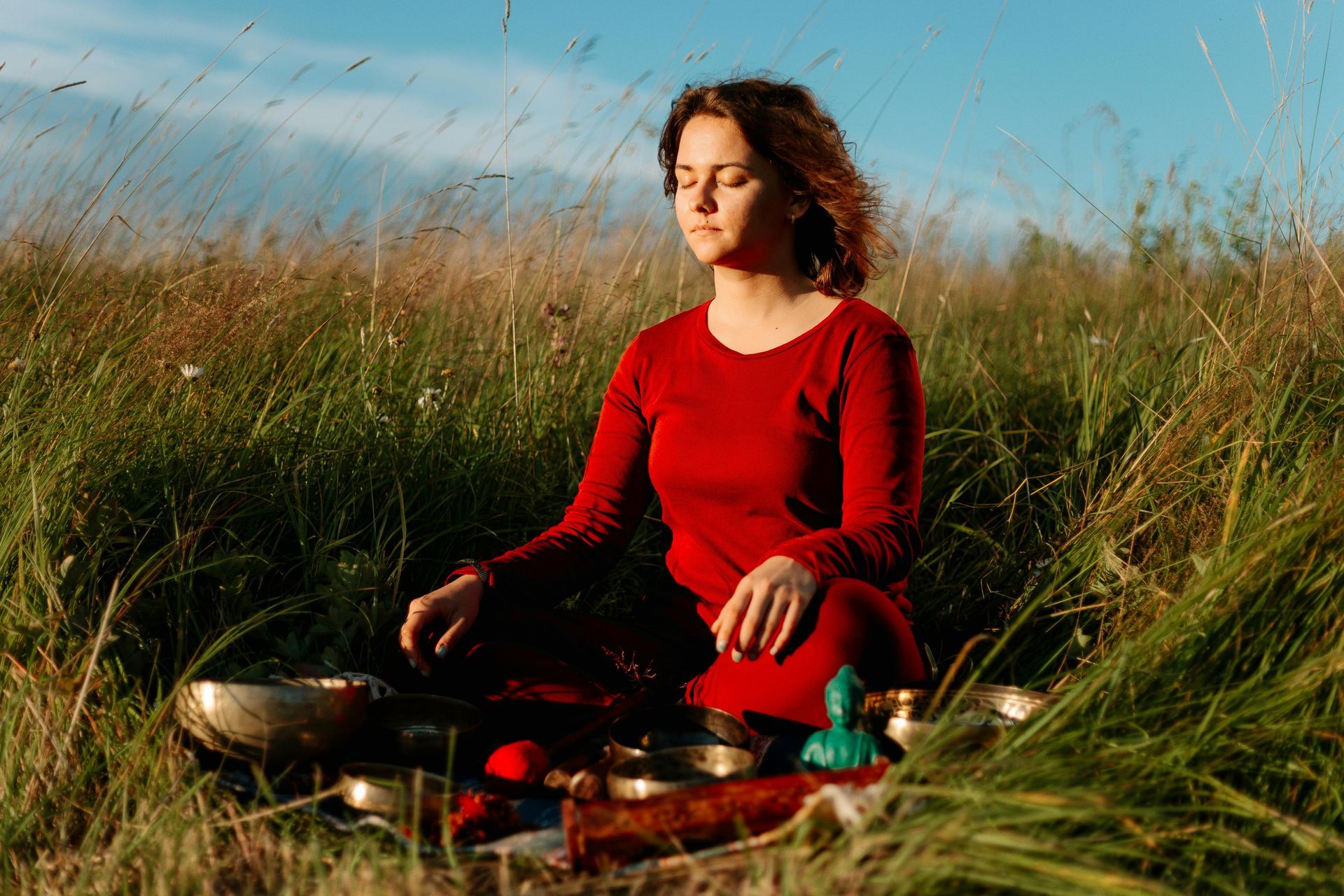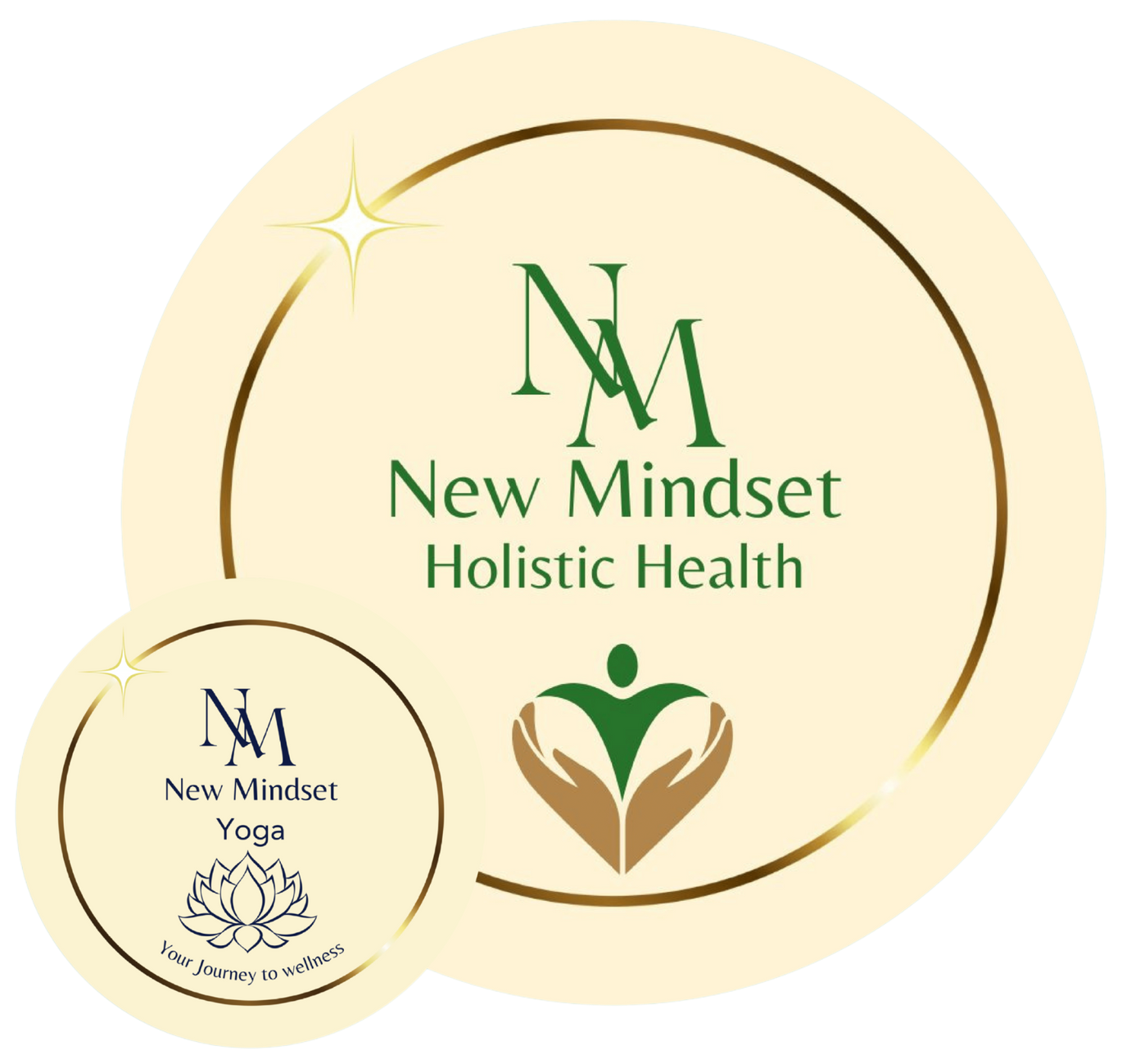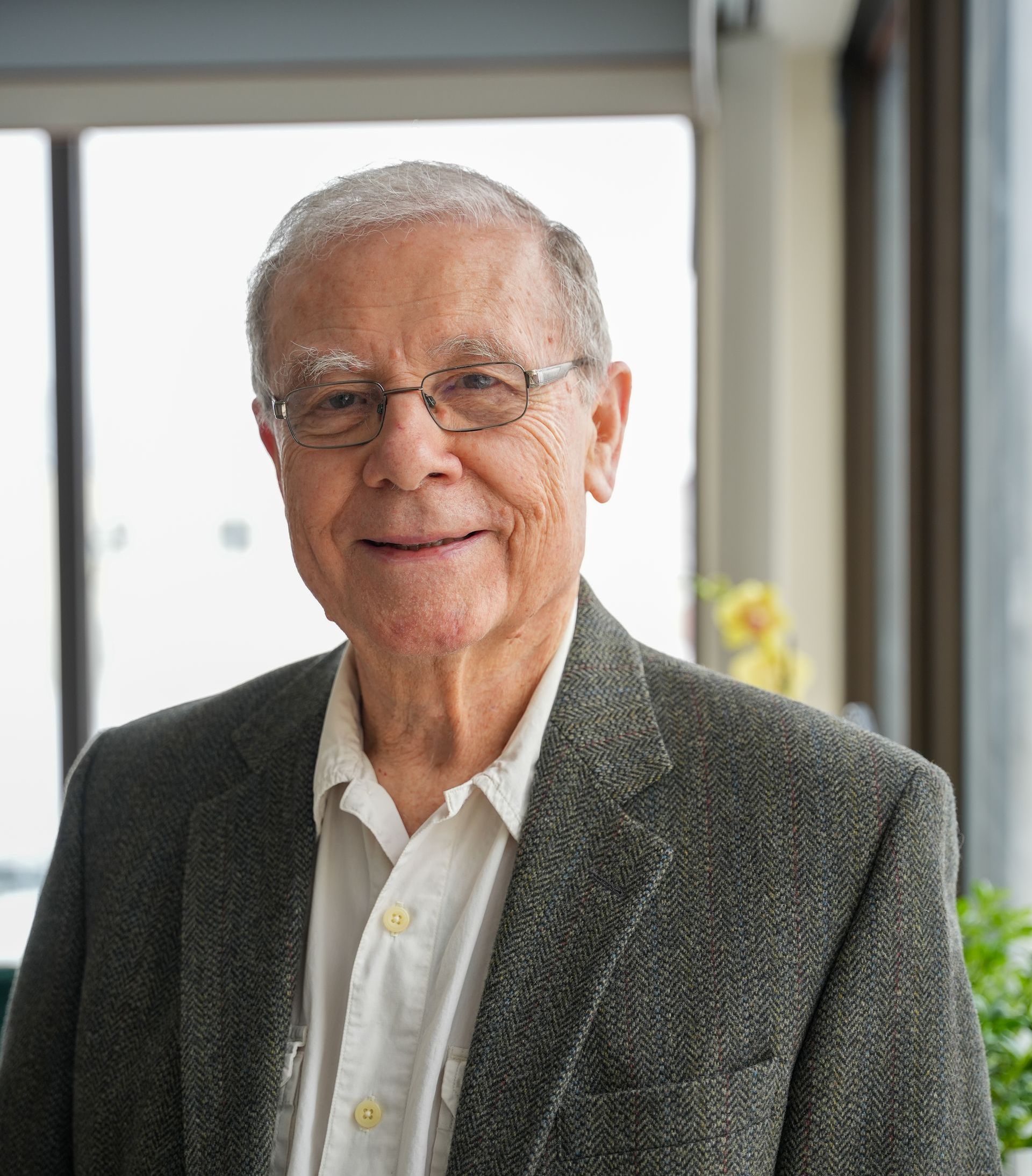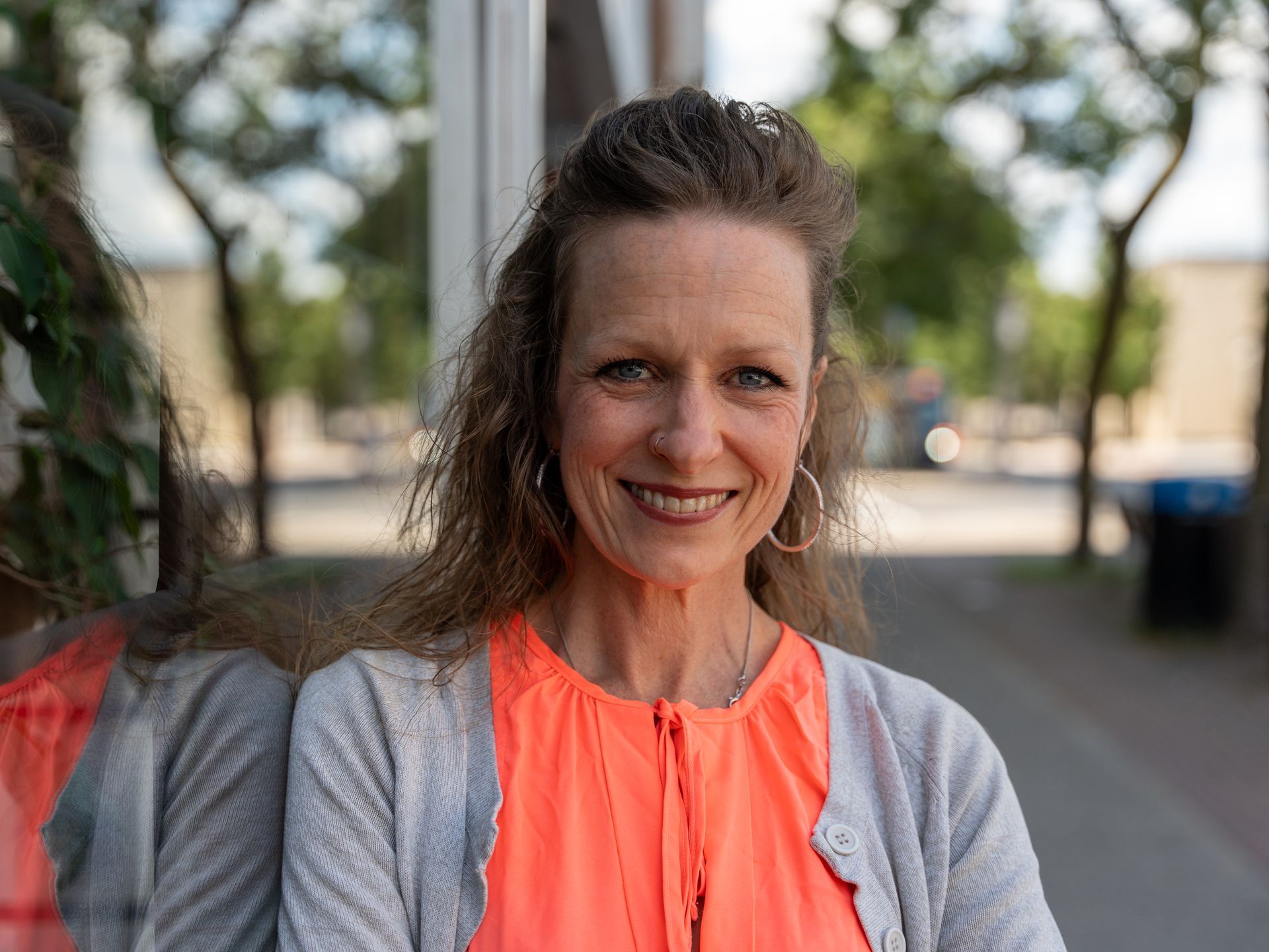Building Bridges
Building Bridges

Bridging the Gap with Two-Eyed Seeing
We are living in a time of profound transformation. Across the fields of medicine, psychology, and wellness, paradigms are shifting. The once rigid boundaries between clinical science and spiritual wisdom are softening, making space for a more integrated, compassionate approach to healing—one that honors both the measurable and the mystical.
The Rise of a New Paradigm
For decades, Western medicine has been the dominant framework for understanding health. It has brought us life-saving technologies, evidence-based therapies, and a deep understanding of the human body. But as we face rising rates of chronic illness, burnout, and emotional disconnection, many are beginning to ask: Is this enough?
The answer, increasingly, is no. A growing movement is embracing the idea that true healing must include the soul. That wellness is not just the absence of disease, but the presence of vitality, purpose, and connection. This shift is not a rejection of science—it’s an expansion of it.
Honoring Ancient Wisdom
Long before clinical trials and diagnostic codes, healing was rooted in relationship—with the land, with spirit, and with community. Indigenous cultures and ancient traditions across the globe have carried profound teachings about balance, energy, and the sacredness of life. These practices—whether it’s Ayurvedic medicine, Traditional Chinese Medicine, sweat lodge ceremonies, or plant spirit healing—offer insights that modern science is only beginning to validate.
They remind us that healing is not linear. That the body is not separate from the earth. That intuition is a form of intelligence. And that ceremony, story, and ritual are not luxuries—they are medicine.
Interestingly, many of these ancient insights are now being explored through the lens of neuroscience, epigenetics, and quantum biology. Studies on meditation, breathwork, and energy healing are revealing measurable shifts in brain chemistry, immune function, and emotional resilience. It’s as if science is finally catching up to what the soul has always known.
A Call to Integration
As practitioners, educators, and seekers, we have an opportunity—and a responsibility—to build bridges. To create spaces where a cancer patient can receive chemotherapy and Reiki. Where a therapist can incorporate mindfulness and ancestral healing. Where yoga is not just a workout, but a path to remembering.
This is not about blending everything into one uniform approach. It’s about honoring the uniqueness of each tradition, each modality, and each person’s path. It’s about listening deeply—to the data, yes—but also to the drumbeat of the heart.
Two-Eyed Seeing: A Path to Wholeness
In a world often divided by ideology, Two-Eyed Seeing offers a powerful invitation: to view life through both the lens of Indigenous wisdom and the lens of Western science—at the same time, with equal respect.
First articulated by Mi’kmaw Elder Albert Marshall, Two-Eyed Seeing teaches us to “see from one eye with the strengths of Indigenous knowledges and ways of knowing, and from the other eye with the strengths of Western knowledges… and to use both of these eyes together for the benefit of all”. It’s not a compromise—it’s a collaboration. A weaving of insight, tradition, and innovation.
In the realm of healing, this approach is transformative. Western medicine offers precision, diagnostics, and evidence-based treatment. Indigenous knowledge brings relational depth, spiritual connection, and a reverence for the land and the unseen. Together, they create a fuller picture of what it means to be well—not just physically, but emotionally, spiritually, and communally.
Two-Eyed Seeing reminds us that no single worldview holds all the answers. That healing is not just about curing, but about remembering. And that when we honor both science and soul, we open the door to a kind of wisdom that is both ancient and urgently needed.
To bridge the gap between science and soul is to stand at the edge of possibility. It is to believe that healing can be both evidence-based and sacred. That we can hold medical science in one hand and a prayer in the other. And that when we do, we open the door to a kind of wellness that is truly whole.




